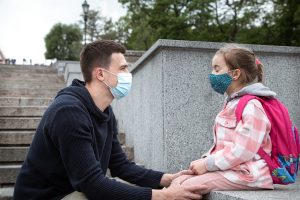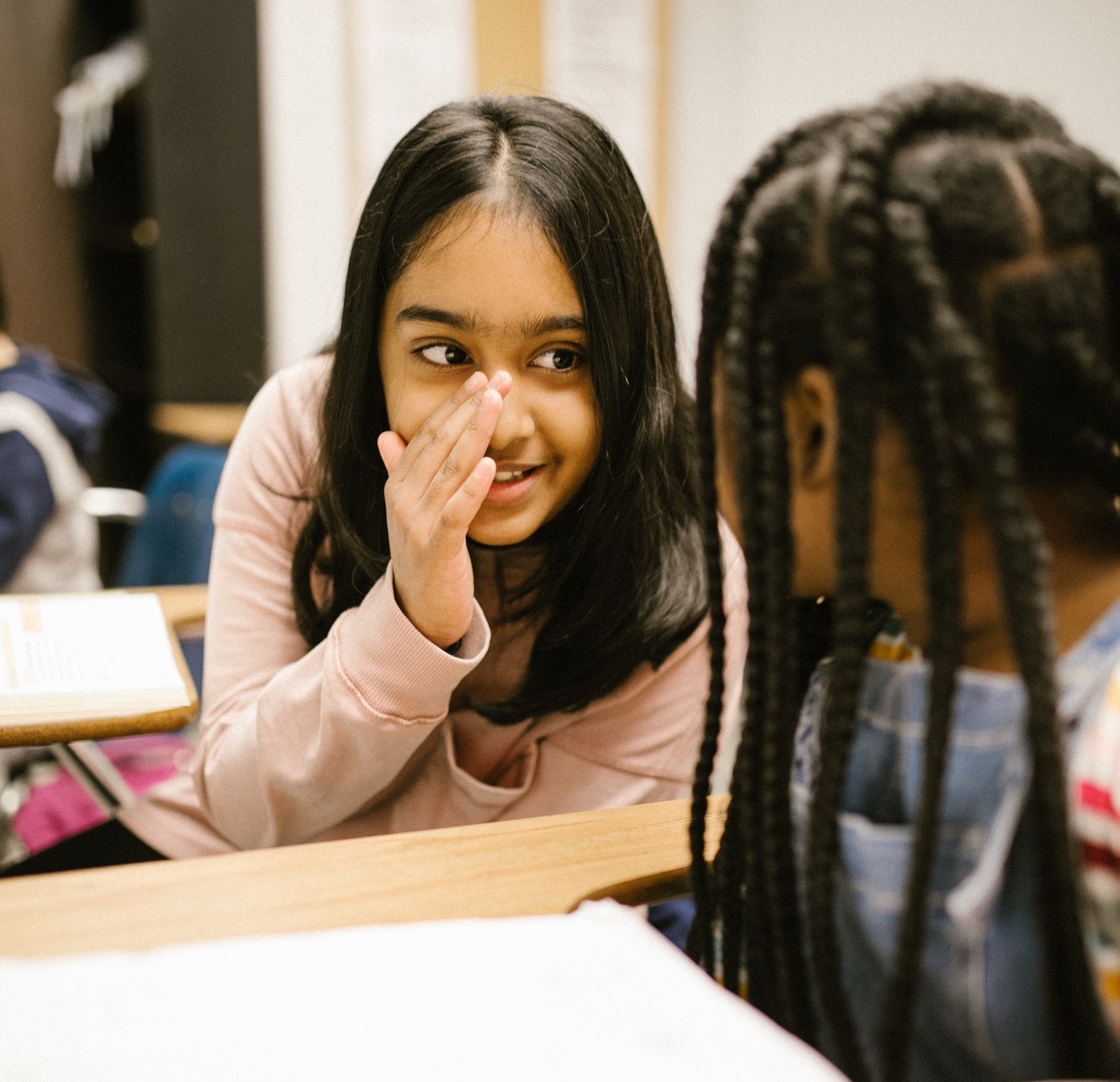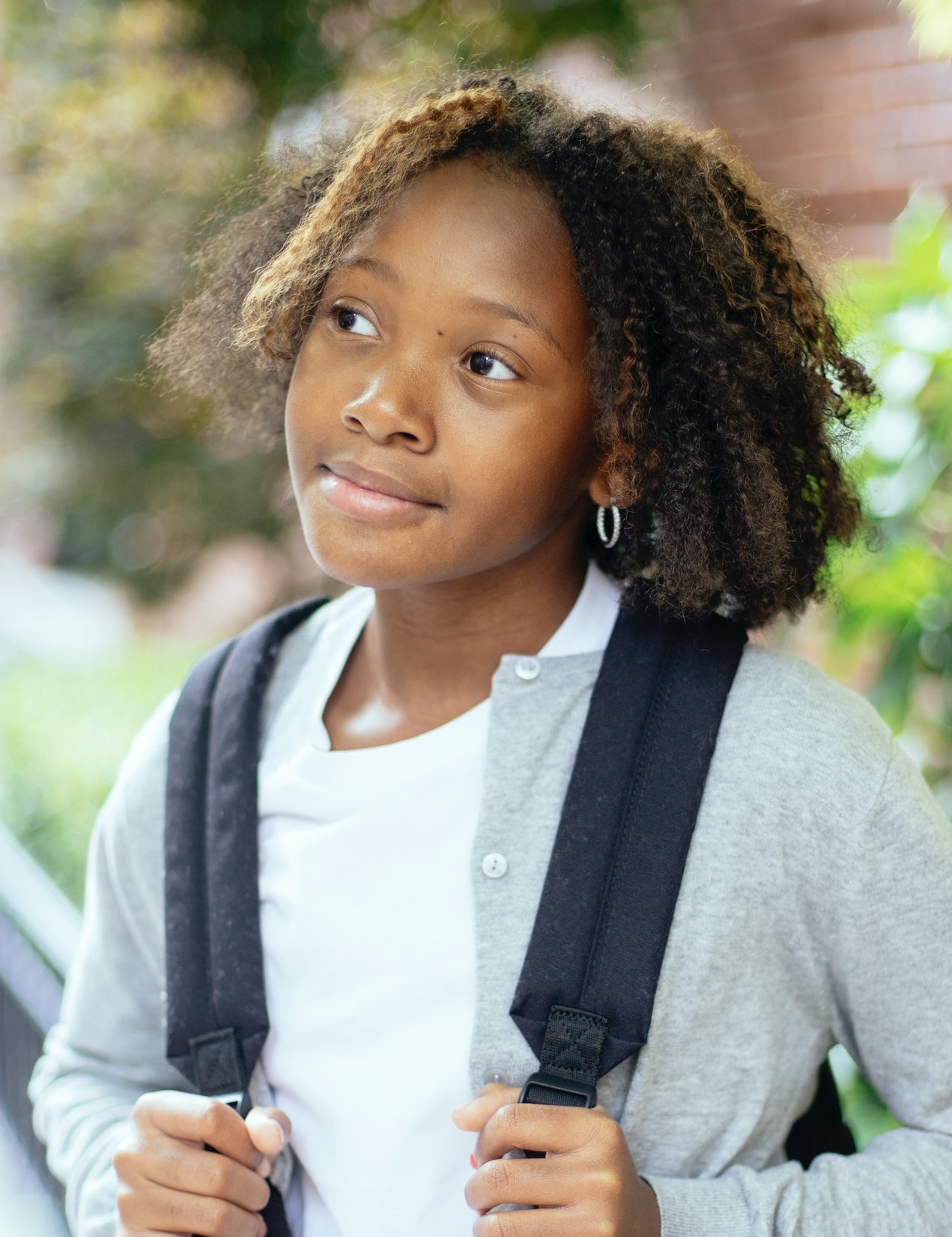Handling Back-to-School Anxiety in a Pandemic
 Returning to school as the pandemic stretches on may spark anxiety in young students, but there are approaches parents can use to build children’s resilience. Stanford Children’s Health pediatric and adolescent psychologist Elizabeth Reichert, PhD, talks about how parents can help ensure that budding students of any age — from preschool to high school — are ready to handle anxieties as the school year begins.
Returning to school as the pandemic stretches on may spark anxiety in young students, but there are approaches parents can use to build children’s resilience. Stanford Children’s Health pediatric and adolescent psychologist Elizabeth Reichert, PhD, talks about how parents can help ensure that budding students of any age — from preschool to high school — are ready to handle anxieties as the school year begins.
1. What are some concerns kids may have?
Many kids are going to a new school for the first time: Maybe they’re starting middle school, preschool or kindergarten. Those are big transitions in nonpandemic times. With the pandemic, we might see more stress in kids of all ages.
Children may have concerns specific to the pandemic, such as the mandate that California students must wear masks while indoors at school.
For some children and teens, it will be the first time they’ve been in close proximity to groups of people in a very long time, which brings up concerns about social interactions. For kids in middle and high school, social dynamics are especially important. They’ve just had a year and a half of navigating their social lives in the virtual world, and now they’re re-navigating how to manage social dynamics in person. Social interactions may feel more emotionally draining.
With virtual learning, some children really struggled to stay engaged and motivated, grasp the material, and remain connected with friends and teachers. But there were other children, often those who were shyer or had difficulties in large-group settings, who thrived. For those more introverted kiddos, if they’ve been in a comfort zone at home, going back to large groups may be a more difficult transition.
2. What signs might parents see that children are feeling anxious or otherwise struggling emotionally?
This depends on the age of the child. Among little ones, parents may see increased tearfulness about going to preschool or day care, clingy behavior or regression in milestones such as potty training. With school-aged children, parents may see resistance to going to school, oppositional behavior, and somatic complaints such as stomachaches or headaches. That’s going to be really tricky to navigate because schools now have strict guidelines about not coming to school sick. For teens, there may also be school refusal and withdrawn behavior, such as staying isolated in their rooms, or more irritability and moodiness. Risky behavior such as substance abuse may also increase.
Parents can expect some distress and worry during the first few weeks after any transition — especially now, when children are being asked to do many new things all at once. That can affect energy levels and emotional reserves. But if there is a major change from a child’s or teen’s baseline behavior that doesn’t dissipate after a couple of weeks — such as a teenager who is withdrawing more and more and refusing to engage in typical activities, or a child who is progressively more distressed — that is a red flag. Parents may want to consider seeking help at that point.
3. What proactive steps can parents take before school begins?
Parents can start talking about going back; listening to what’s on their child’s mind; and engaging kids in the fun components of returning to school, such as picking out school supplies or a new T-shirt — something they can get excited about. They can also walk or drive by the school or visit its playground to build excitement. It may also be helpful to start practicing saying goodbye and leaving the house, encouraging independent play, and helping children adjust to being away from their parents.
Excerpted from “Handling Back-to-School Anxiety in a Pandemic” from Stanford Children’s Health. Read the full article online for more details on the above and for the answers to the following questions:
- If a child still feels distressed, what should parents do to help?
- Parents feel anxiety about this transition, too. What healthy coping strategies can they use to make sure they manage their own stress instead of expressing it in ways that may increase their child’s distress?
Source: Stanford Children’s Health | Handling Back-to-School Anxiety in a Pandemic, https://healthier.stanfordchildrens.org/en/tips-for-kids-back-to-school-anxiety | © 2021 Stanford Children’s Health
If you have concerns about your child, CHC Care Coordinators can arrange a free 30-minute consultation so you can explore options with an expert. We invite you to call or email us at 650.688.3625 or careteam@chconline.org to set up an initial Parent Consultation appointment. CHC teletherapy services are available now.





